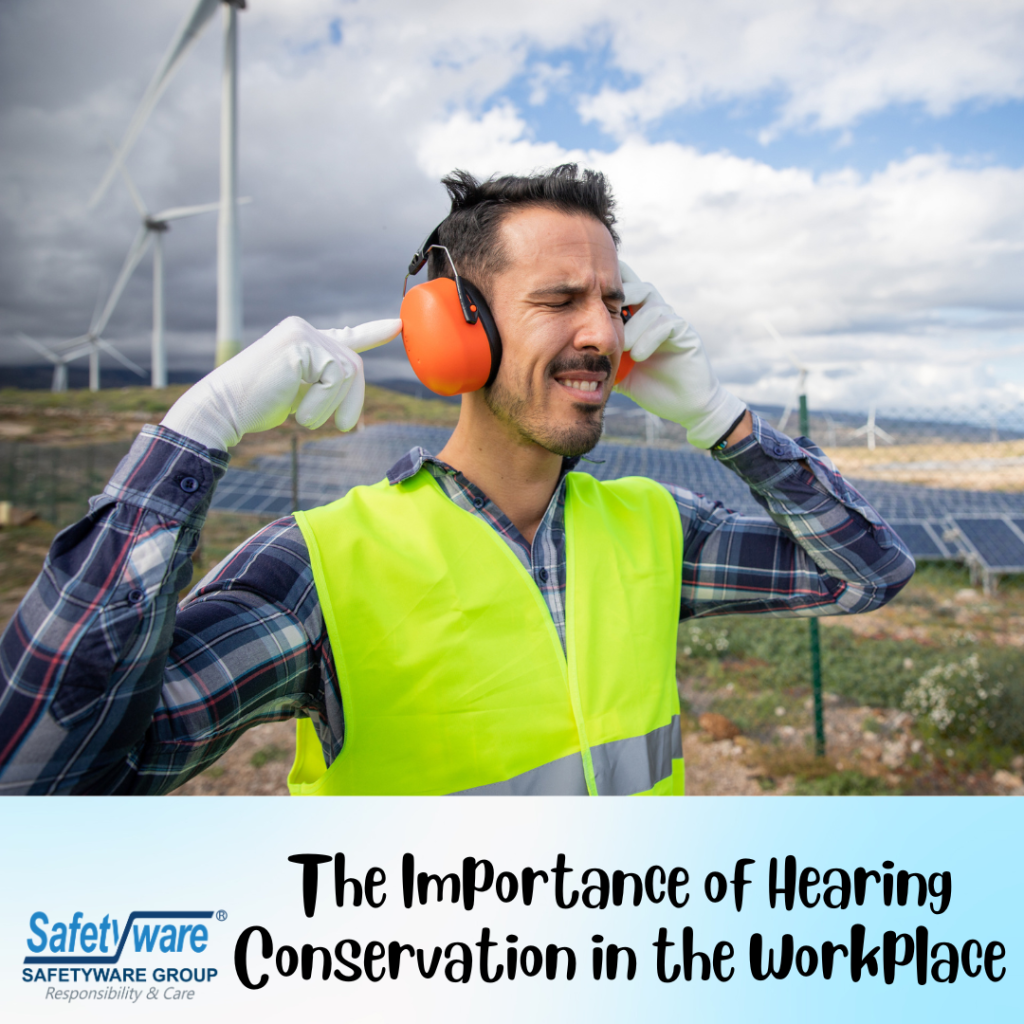Hearing conservation is a critical aspect of workplace safety that is often overlooked but is essential for protecting employees from noise-induced hearing loss and maintaining a healthy work environment. In noisy workplaces such as construction sites, manufacturing facilities, and industrial settings, exposure to high levels of noise can have detrimental effects on employees’ hearing health. Implementing a comprehensive hearing conservation program is crucial to safeguarding employees’ hearing and promoting a safe and productive work environment. Let’s delve into the importance of hearing conservation in the workplace:

1. Preventing Noise-Induced Hearing Loss:
Prolonged exposure to high levels of noise can lead to irreversible hearing damage, known as noise-induced hearing loss (NIHL). By implementing hearing conservation measures such as noise control, personal protective equipment (PPE), and employee training, employers can significantly reduce the risk of NIHL and protect their workers’ hearing health.
2. Regulatory Compliance:
Many countries have regulations and standards in place to protect workers from excessive noise exposure in the workplace. Compliance with these regulations is essential to ensure a safe working environment and avoid potential legal repercussions. A robust hearing conservation program helps organizations meet regulatory requirements and demonstrates a commitment to employee well-being.
3. Enhancing Employee Well-Being:
Hearing loss can have a profound impact on an individual’s quality of life, affecting communication, social interactions, and overall well-being. By prioritizing hearing conservation in the workplace, employers show that they value their employees’ health and safety, fostering a positive work culture and improving employee morale.
4. Increasing Productivity and Safety:
Excessive noise in the workplace can impair concentration, communication, and situational awareness, leading to decreased productivity and an increased risk of accidents and injuries. Implementing hearing conservation measures, such as noise control engineering and the use of hearing protection devices, can help create a safer and more productive work environment.
5. Cost Savings:
Noise-induced hearing loss can result in significant healthcare costs, worker compensation claims, and productivity losses for organizations. Investing in a hearing conservation program is a proactive measure that can help prevent hearing-related injuries and illnesses, ultimately saving costs associated with treatment and rehabilitation.
6. Education and Awareness:
Educating employees about the risks of noise exposure and the importance of hearing conservation is key to promoting a culture of safety in the workplace. Training programs on the proper use of hearing protection devices, recognizing early signs of hearing loss, and understanding noise hazards can empower employees to take proactive steps to protect their hearing.
7. Comprehensive Hearing Conservation Program:
A successful hearing conservation program should include noise assessments, engineering controls, administrative controls, personal protective equipment (PPE), audiometric testing, employee training, and regular program evaluation. By implementing a holistic approach to hearing conservation, organizations can effectively mitigate noise-related risks and protect their employees’ hearing health.
In conclusion, hearing conservation is a vital component of workplace safety that not only protects employees from noise-induced hearing loss but also contributes to a healthier, more productive work environment. By prioritizing hearing conservation through proactive measures, education, and the implementation of comprehensive programs, organizations can demonstrate their commitment to employee well-being, regulatory compliance, and operational excellence. Investing in hearing conservation today can help safeguard the hearing health of employees and ensure a safer and more sustainable workplace for the future.
